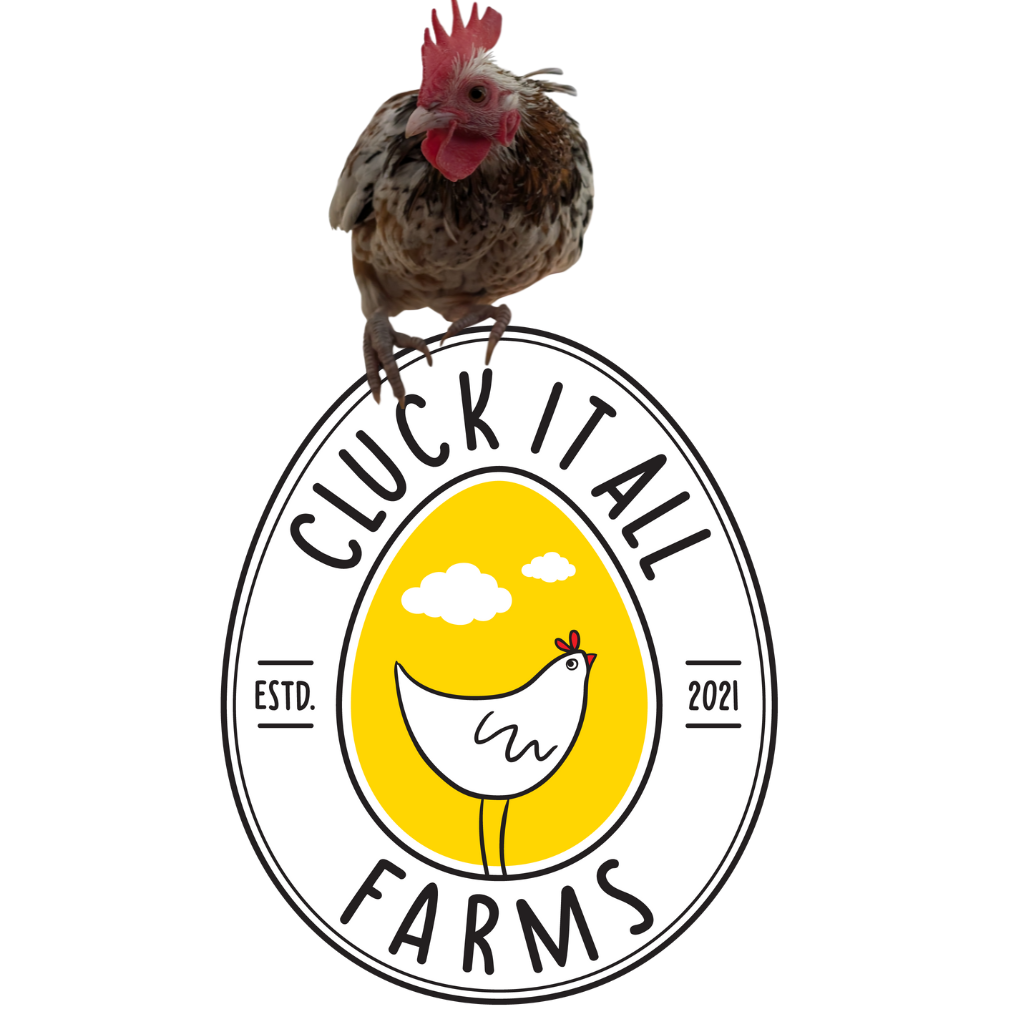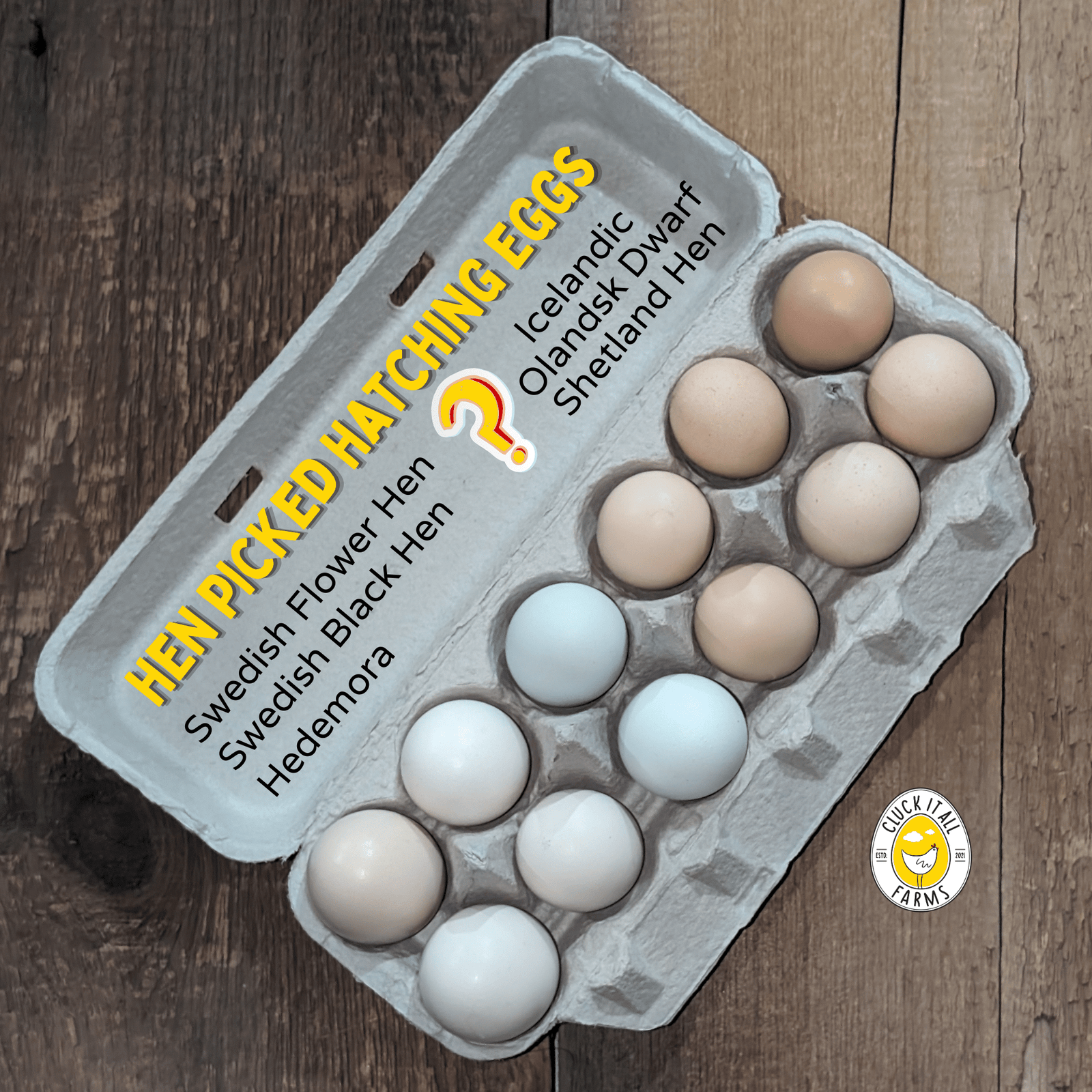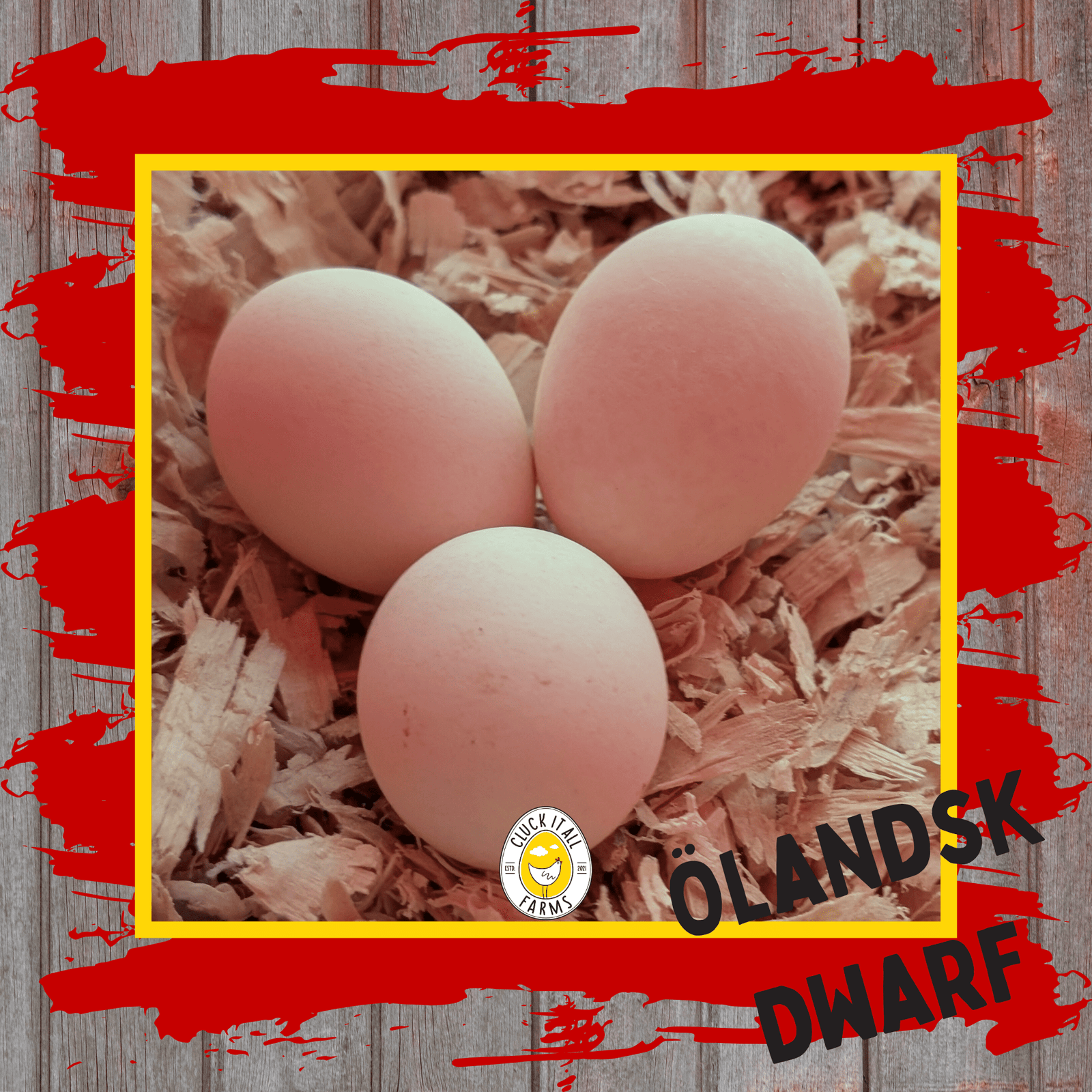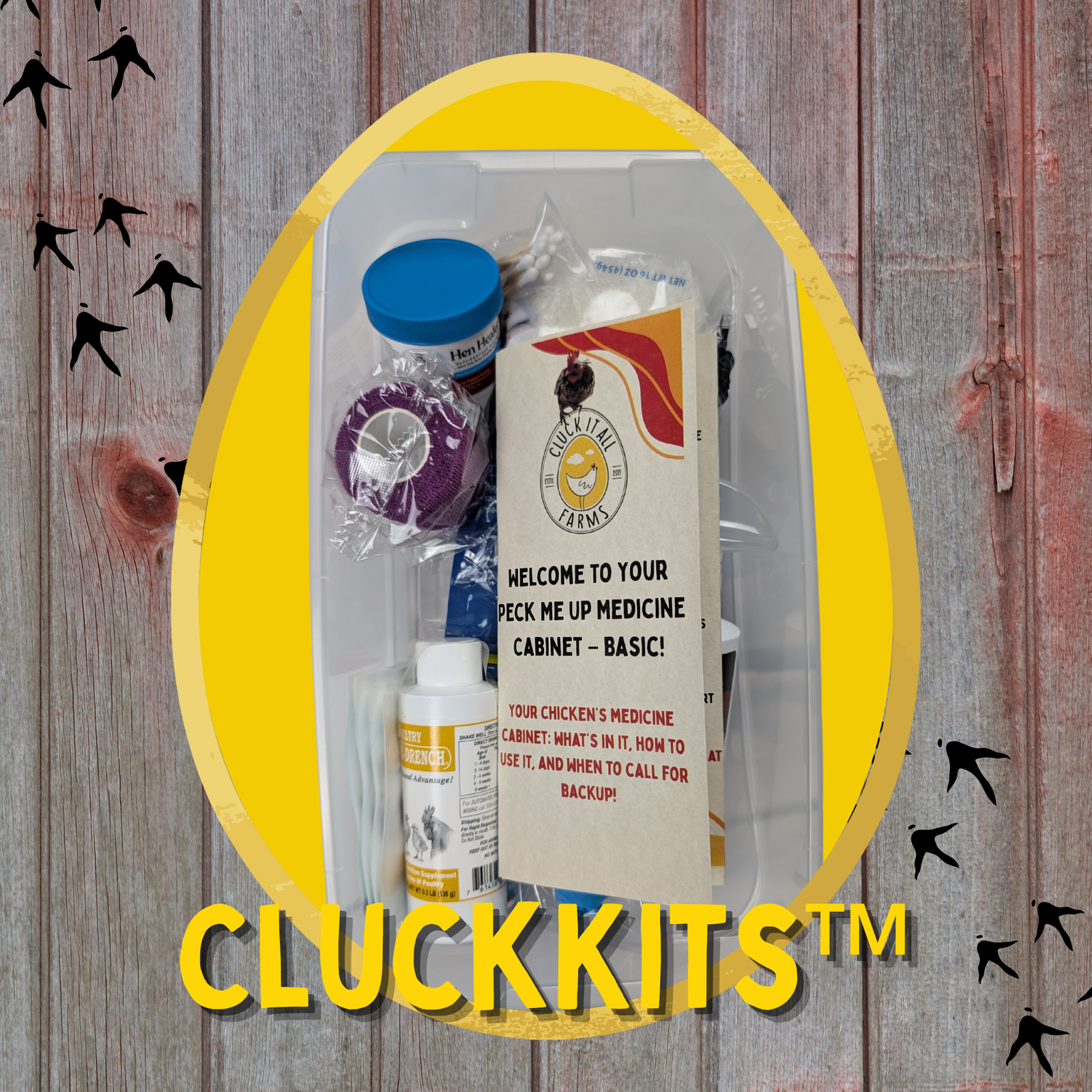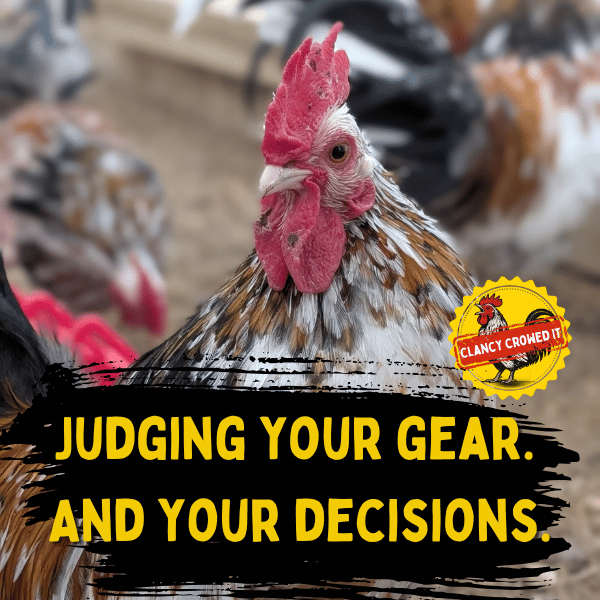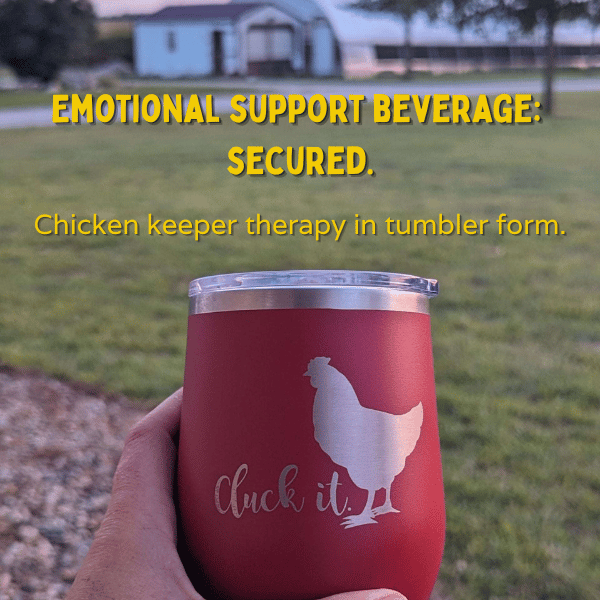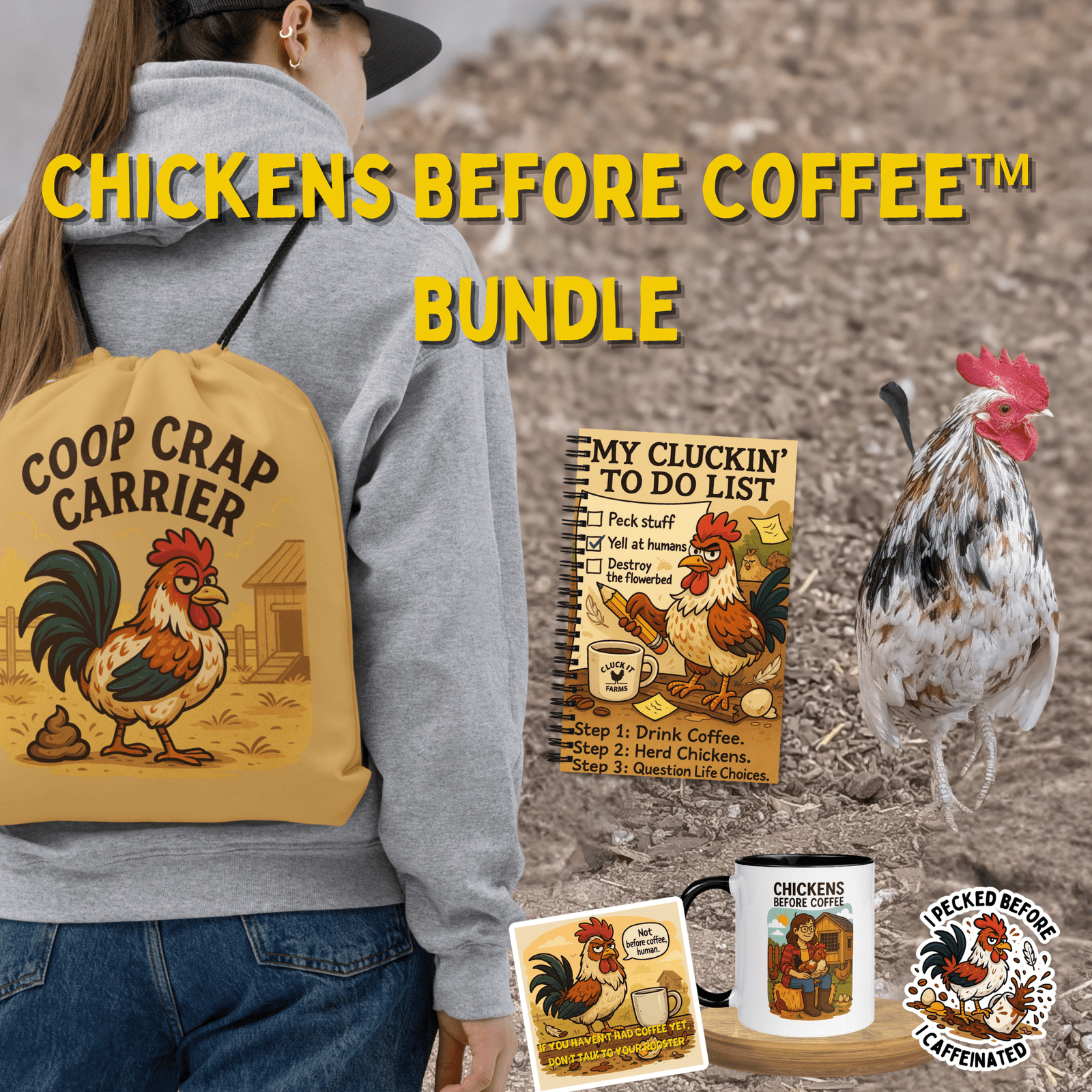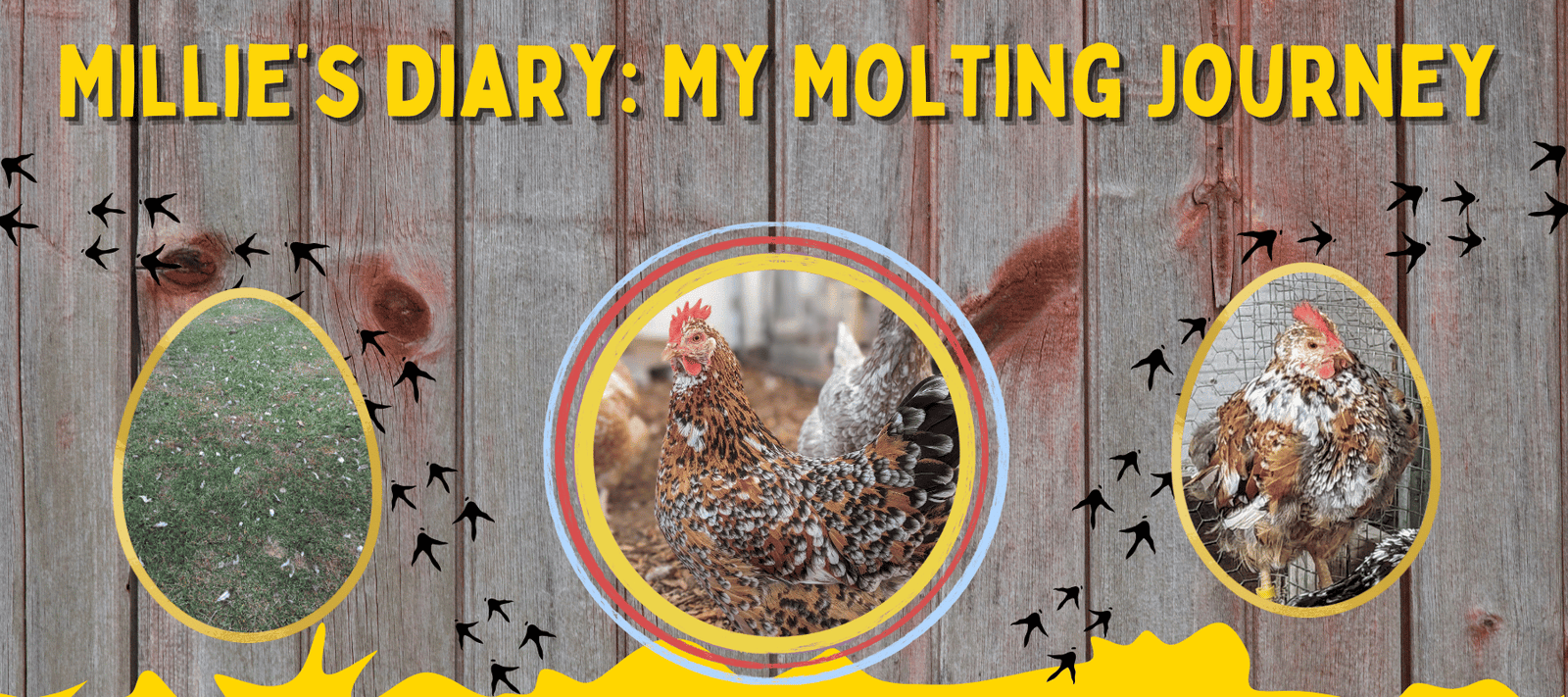Hey there, fellow feathered friends and human pals! It’s me, Millie, clucking in from Cluck It All Farms to give you the inside scoop on one of the most fascinating parts of our chicken anatomy—the gizzard! Have you ever wondered how we chickens manage to munch on our food without any teeth? Well, buckle up your beaks, because I’m about to take you on a gritty journey through the wonderful world of gizzards.
What’s a Gizzard, Anyway?
The gizzard is a muscular part of a chicken's stomach that has a serious job: grinding up the food we peck at all day. Since we don’t have teeth to chew our feed, the gizzard acts as our natural food processor. When we peck at grains, seeds, or even those delicious table scraps you toss our way (thank you very much!), these goodies go down our esophagus into our crop, which is kind of like a pre-stomach that softens the food. But the real magic happens in the gizzard.
How the Gizzard Works: A Gritty Tale
Inside the gizzard, things get pretty intense. Our gizzards are lined with a tough, protective layer that shields the muscle from any sharp bits we might eat. But the real heroes in this story are the small, hard particles of grit we swallow while pecking around in the yard or eating from the grit feeder. This grit can be anything from tiny stones to specially designed commercial grit you can buy at the store.
As the gizzard's powerful muscles contract, they smash the food together with the grit, breaking everything down into tiny, digestible pieces. Imagine it like a tiny rock tumbler inside us, polishing stones, only it’s polishing up our dinner!

Common Gizzard Problems and Chicken-Wise Solutions
Even with such a robust system, things can sometimes go awry. Here are a few issues we might face and what you can do to help:
1. Lack of Grit: Just like you need certain tools to do a job right, we need grit to help our gizzards function. If we don’t get enough, our gizzards can’t grind food properly, leading to poor digestion. Solution: Make sure to provide plenty of appropriate-sized grit, especially if we’re confined to a coop without natural soil access.
2. Impacted Gizzard: Sometimes, undigestible materials like long grass or plastic (yikes!) can get stuck in our gizzards. This can cause impaction, making it hard for us to eat or digest properly. Solution: Keep your yard clean of debris and cut long grass into shorter pieces before letting us at it. Watching what we peck can be a full-time job!
3. Gizzard Worms: Yes, we can get worms in our gizzards, and let me tell you, they are not welcome guests! These parasites can cause damage to the gizzard lining and lead to weight loss or poor absorption of nutrients. Solution: Ensure clean and dry living conditions to reduce parasite load in the environment. Keeping a readily supply of appropriately sized grit also helps reduce worm load. Regular coop cleanings and rotating pasture areas can significantly reduce the presence of worms. Consult with a vet if you suspect your flock may have gizzard worms to get the appropriate treatments.
Keeping Our Gizzards Happy and Healthy
Maintaining a healthy gizzard is key to ensuring we’re breaking down our food properly and getting all the nutrients we need to strut our stuff around the yard. Here are a few tips:
-
Provide a balanced diet: Just like you, we need a varied diet rich in all the good stuff—carbs, proteins, and fats, plus those all-important minerals and vitamins.
-
Fresh water is a must: Keeping hydrated helps everything move along smoothly, from our crops to our gizzards.
-
Check on us regularly: Keep an eye out for signs of distress or changes in eating habits, which can often indicate something’s up.
Wrapping It Up
Well, there you have it—the down and dirty on the gizzard, your chicken’s natural food grinder. Remember, a happy gizzard means a happy chicken, and happy chickens lay the best eggs and have the brightest feathers on the farm. So, keep that grit coming, watch out for hazards in our pecking ground, and we’ll keep the eggs rolling and the barnyard dances lively!
Until next time, keep clucking and strutting, and remember—we’re all in this together, feathering the nest at Cluck It All Farms, where landrace chickens reign supreme!
